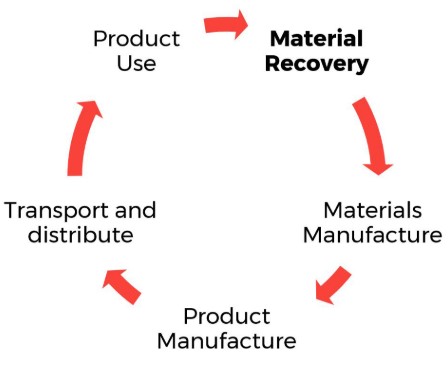Main Point:
In brief, Break Free from Product Life Cycle explains how companies can win the competitive war by applying positioning and repositioning strategies to change their product life cycles. These positioning strategies as a contrast to the old approach of following the ride down the product life cycle, allow companies to change their offering as the customer mentally categories them. Reverse positioning, breakaway, and stealth positioning are the innovative strategies that can help companies to exploit the vulnerability of established categories without having new technology. They also help them propel their products backward and forward into the lucrative growth phase. Furthermore, it has been found that companies can transform the whole category by taking these offensive positioning strategies that leave the competitors scrambling on the battlefield.
Lessons Learned:
What I have come to learn is how successful companies in different industries are playing with their product life cycles cleverly rather than just endlessly putting their products through the traditional ways of introduction to growth, maturity, and decline. I have observed how companies such as IKEA use Reverse Positioning to remain competitive and growing and puts their products backward from maturity to growth phase without argumentation rather than positioning its stores and furniture in a simple and different way. Similarly, the Breakaway positioning strategy also takes a backward step from maturity to the growth phase. Through it, companies associate their products to a different category by manipulating its pricing, distribution channel, and promotional mix Whereas Stealth positioning takes the entirely different approach of concealment and puts the product forward from its introduction to the growth phase.
Managerial Implications:
The marketers have to be careful while applying these positioning strategies to break free from their product life cycles in order to win the cut-throat competition. If a marketer is working in a financial, hospitality or other services industry, he should look for reverse positioning to create loyal customers who deliver the good word of mouth, Moreover, it has been seen that customers are unable to recognize the subtle difference among services and they often look for simple and few options. For consumer goods manager, it is often fruitful to go for Breakaway positioning as consumers look for novelty and change. On the other hand, a manager at a technology firm may opt for Stealth positioning in order to escape the resistance from consumers.
Question: How can the proposed positioning strategies help online sites to grow and expand?
Ans: The recent bombardment of online media of social and streaming has entirely changed the way the internet was once used. They have attracted huge audiences from around the globe to be internet lovers and on the other hand, expanded their reach. In this race, some of the pioneer sites have held a competitive edge and leaving the other scrambling and finding a hard place to stay on the internet. However, as the article has explained that the aforementioned strategies of Reverse, Breakaway, and Stealth can be applied without hard-and-fast rules. And their application is not limited to services, packaged goods, and technology products. As we have observed over the years that the introduction of the site and then leapfrogging into the growth phase have much importance for a new internet website irrespective of its type. Moreover, most of the websites fade in the very beginning; hence Stealth positioning can be an effective strategy to be acceptable for a large audience over the internet. Moreover, we have seen the sites which are able to create good words of mouth attract a large array of the visitor. The success of Facebook, Youtube, Wikipedia, Linkedin, and many other popular websites lies in their good word of mouth that can be created by applying reverse positioning strategy.
For more Essays:
- RFID technology adoption and supply chain performance
- Understanding the concept of supply chain resilience
Give your feedback under comments





